Every Christmas there’s a stampede by parents to get that season’s ‘hot’ toy – or risk upsetting their kids. This frenzy can also be seen when the latest gadget hits the shelves, or the newest smartphone goes on sale.
Not long ago, lines of readers queued up outside bookstores to get the next Harry Potter. Fashionistas join waiting lists for the new season’s ‘it’ handbag and Disney fans in the UK are poised to join the Disney Plus streaming service the moment it goes live in 2020.
Some consumers are obsessed with getting their hands on the latest thing, but there are also consumers who are very loyal to one particular brand, and – no matter what – won’t ever switch. There are consumers who are cost-motivated and will only purchase large items at the annual January sales; and buyers who are conscious about the environment and carefully choose what they buy based on these principles.
There are shoppers who will only buy online, others who prefer physical stores and yet others who have ongoing subscriptions for regular purchases. Buying habits can also be impacted by where you live, your age, gender, as well as income.
So just how do consumers make these decisions about what they buy, and when, and how? And how can businesses tap into this?
This decision-making is analysed in a field of study called consumer behaviour theory.
In this article, we’ll go into more detail on:
- What is consumer behaviour theory
- Why consumer behaviour theory is important
- The different types of buyer behaviour
- The different types of buyer
- Analysing buyer behaviour
- How consumer buying habits have changed
- Putting Consumer Behaviour Theory into Practice
What Is Consumer Behaviour Theory?
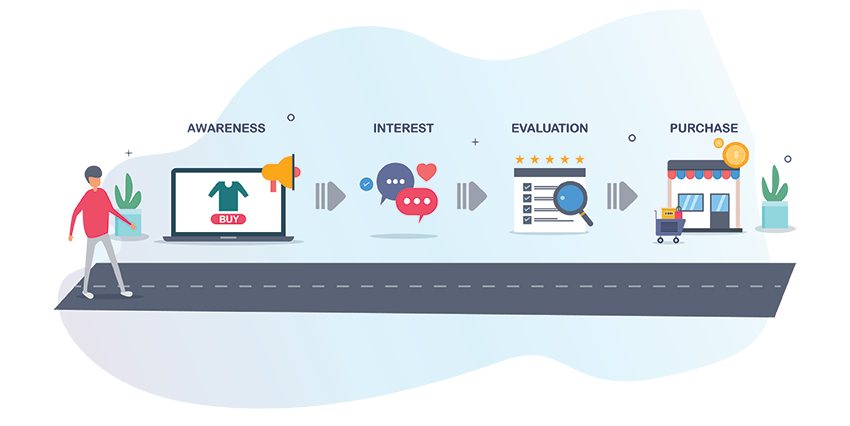 Trying to understand what goes on in a consumer’s head and exactly what makes them buy is a goal of every business. The only way to do this is by closely studying the buying patterns and building theories and models.
Trying to understand what goes on in a consumer’s head and exactly what makes them buy is a goal of every business. The only way to do this is by closely studying the buying patterns and building theories and models.
Consumer behaviour theory is the study of how people make decisions when they purchase, helping businesses and marketers capitalise on these behaviours by predicting how and when a consumer will make a purchase. It helps to identify what influences these decisions, as well as highlight strategies to proactively manipulate behaviour.
Top factors that influence consumer behaviour
Customer behaviour is shaped by a few key factors.
1. Psychological
Psychological factors include a person’s attitude, perceptions about a situation, their ability to understand information, what motivates them, their personality and beliefs.
For example, a person who is actively reducing their plastic consumption will buy differently to someone who doesn’t believe in climate change.
2. Personal
Personal characteristics include age, gender, financial situation, occupation, background, culture and location.
An older person will probably shop in a different way to a younger person, for example with a preference for bricks-and-mortar stores rather than online shopping.
3. Social
Social influences can include a person’s friends, family, community, work or school community, or groups they associate with such as a local church or hobby group. It can also include social class, living conditions and education.
A shopper who is at a school where a certain style of trainers is in fashion might search out similar shoes to fit in with their peers.
Why Consumer Behaviour Theory is Important
Consumer behaviour theory allows businesses to understand more about their target audience and so be able to craft products, services and company culture to influence buying habits.
Consumer behaviour allows a business to understand:
- What consumers think about your brand versus your competitors
- How they choose between different alternatives
- Their behaviour while shopping
- How the environment around them influences their behaviour
- What marketing messages or pricing strategies they best respond to
- Their preferred methods of paying
- What products or services they are searching for to fill a need
Ultimately, by paying attention to your customers’ buying patterns you can launch products and services that they’ll have a higher inclination to buy. Or make changes to store environments or online shopping processes to make it seamless – therefore increasing your revenues.
For example, if you have a large physical store and you notice that shoppers pick up products to buy, look around for a while, seem to get frustrated and then put them down and walk out without buying, it might be because you need better ‘Pay Here’ signage directing them to the nearest till.
The Different Types of Buyer Behaviour
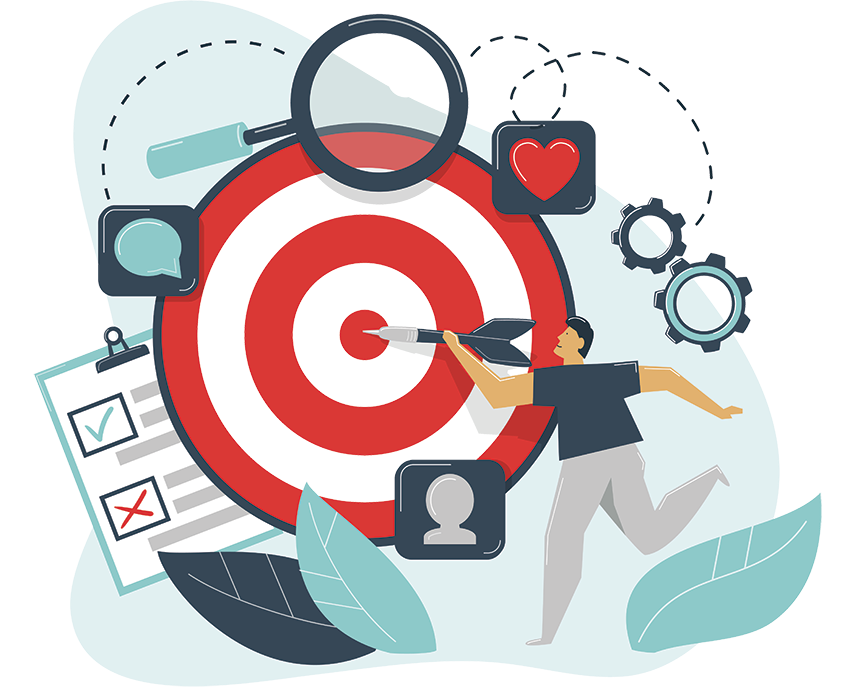 It’s important to understand that everyone is different and makes different buying decisions. However, these can generally be categorised into these four types:
It’s important to understand that everyone is different and makes different buying decisions. However, these can generally be categorised into these four types:
1. Routine response
Brand recognition and repetition plays a large part in this type of buying behaviour. People will purchase a brand they recognise, have tried before, or like the best. For example, when choosing a loaf of sliced bread, you’ll probably have a favourite that you reach for most often.
This type of buying doesn’t require much thought.
2. Limited decision-making
Often mid-level, occasional buying decisions fall into this category. They require some research and little amount of thought before making a choice.
For example, you might be going out to the cinema and want to eat dinner beforehand so look at the restaurants nearby. You pick one that’s within your budget, that offers the food you like, that’s within a short walking distance and that has a table for the time you’d like.
3. Extensive decision-making
Buying decisions that involve a big financial investment or personal impact fall into this category. Most buyers will spend an extensive amount of time researching before making a decision.
Buying a house is one example. Many in the market for a new home will research thoroughly, view numerous properties, weigh up different options, visit local areas, check the nearby schools and facilities etc. before a purchase is made.
4. Impulse buying
An impulse buy has no prior planning. It is a purchase made on a whim and with little thought. It’s often irrational and in the moment.
For example, if you’re waiting in a line to buy your lunch and see a magazine within easy reach with an eye-catching front cover, then you might pick it up and buy it with no in-depth consideration.
These ‘types’ will change depending on the situation and person. For example, a consumer who has just started a low-fat diet might take longer choosing a food item by checking the ingredients online and looking at reviews than someone who isn’t. An affluent person might impulse-buy a car, whereas another might spend an extensive amount of time researching different options and going for test drives.
And many will spend months researching where they want to spend their two-week holiday, whereas others decide on a whim where to go and book a holiday at the last minute. And some situations will force a consumer who is usually an extensive decision maker into making an impulse buy – for example if their laptop breaks down and they need to buy another quickly without doing their usual due diligence because they can’t operate without one.
This is why buyer behaviour is described as being both predictable and irrational.
The Different Types of Buyer
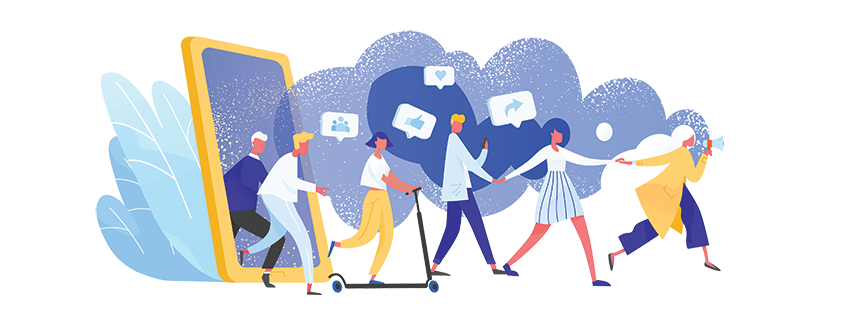 Over the years, psychologists, sociologists and researchers have come up with different models and theories about different kinds of buyers.
Over the years, psychologists, sociologists and researchers have come up with different models and theories about different kinds of buyers.
One research theory proposes eight characteristic buyers:
- Perfectionist: the customer looks for the best quality of product.
- Brand-aware: the customer prefers brands and designer labels.
- Hedonist: the customer treats shopping as a form of enjoyment.
- Price-aware: the customer seeks low prices, sales, or discounts.
- Fashion-aware: the customer likes to be up-to-date and seeks variety.
- Impulsive: the customer is prone to spontaneous purchases.
- Confused: the customer experiences too much information or choice.
- Habitual: the customer is loyal to brands and follows a routine.
Another model looks at adoption rates of new products, grouping customers into five kinds of consumers based on how they respond to new products and the time it takes for uptake.
- Innovators 2.5%
- Early Adopters 13.5%
- Early Majority 34%
- Late Majority 34%
- Laggards 16%
Most consumers will only buy a new product once it has become mainstream, so to make a product mainstream, businesses need to focus their early marketing efforts on getting the innovators and early adopters on board.
Analysing Buyer Behaviour
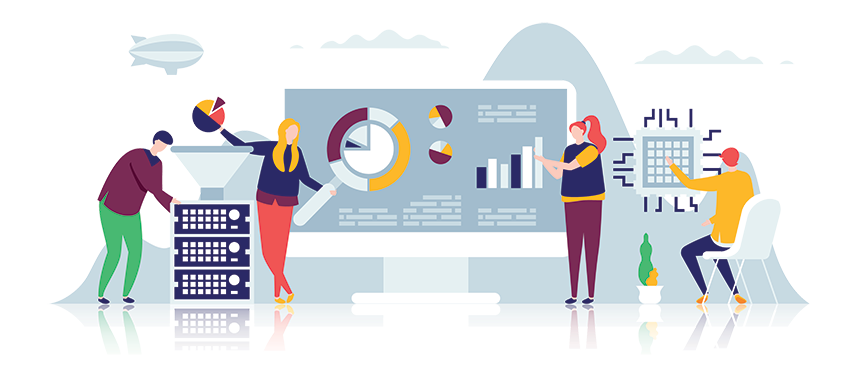 There are various ways to analyse buyer behaviour, however these questions from London School of Business and Finance are a great place to start:
There are various ways to analyse buyer behaviour, however these questions from London School of Business and Finance are a great place to start:
- Who purchases your products and services? Get a clear idea of your target audience with market research.
- Who makes the decision to purchase your products and services? The purchaser might be different to the actual person making the decision, e.g. a painter and decorator will buy paint chosen by their customer.
- Who influences the decision to purchase the products? Parents might be the shoppers but they are influenced by their children.
- How is the purchase decision made? A person employing a gardener for the first time might be told what specific products to buy by the gardener.
- Why does the consumer buy a product? The rationale behind the purchase. For example, a person on a long commute might buy a thick milkshake because it lasts a long time and will keep them occupied during the drive.
- Why does a consumer prefer one brand over another? Factors include cost, quality, customer service, previous experience, brand reputation and packaging etc.
- Where do customers purchase the product? Physical shops, online, face-to-face, via a third party etc.
- When do consumers buy a product? Specific occasions, for example Valentine’s Day or looking for a new gas and electric provider at new premises.
- What is the consumer’s opinion of the product? Do they view it as value for money, cheap or expensive; is it cool or functional; is it a throwaway item or do they expect it to be around for years etc.
- What is the role of consumers’ lifestyle in their buying behaviour? Fitness fans will be more interested in purchasing technical clothes for exercise, whereas those who love movies might be inclined to purchase a movie streaming subscription.
How Consumer Buying Habits Have Changed
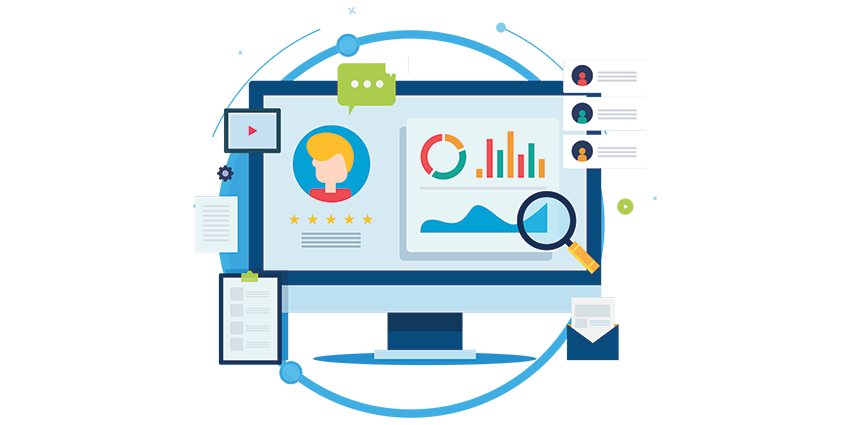 Consumer buying habits are continually evolving, and the ways that businesses think about them have changed too. Initially, it was believed that consumers were rational and behaved in consistent ways. However, as time progressed and more sophisticated studies were conducted, it became apparent that consumers often behave irrationally with numerous factors determining decisions and buying habits.
Consumer buying habits are continually evolving, and the ways that businesses think about them have changed too. Initially, it was believed that consumers were rational and behaved in consistent ways. However, as time progressed and more sophisticated studies were conducted, it became apparent that consumers often behave irrationally with numerous factors determining decisions and buying habits.
Consumers were then segmented, and user experiences were analysed to understand how they shaped buying habits. The post-purchase activity and habits were also studied so a customer journey could be mapped out from first decision, through to consideration, purchase and post-purchase satisfaction.
It’s important to look at trends, for example eating habits have changed dramatically from ‘meat and two veg’ to an appetite for cuisines from around the world. More people are becoming vegan, and there’s been an increase in demand for plant-based foods.
Payment methods and buying preferences have also evolved. Most people are happy to buy online, however this was risky back in 1995 when the internet was new and Amazon first launched.
Consumers are now purchasing SaaS services and subscription boxes, streaming movies rather than going to a shop to rent a DVD. And buying their groceries online without ever having to step foot inside a grocery store.
Putting Consumer Behaviour Theory into Practice
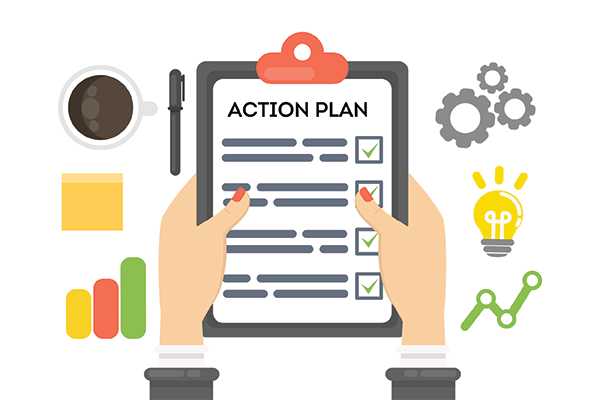 Understanding the different types of buying decision and mapping these against your target audience and buyer personas will help you to craft compelling marketing messages, eye-catching packaging, the right pricing models, deals and discounts and other benefits to hook in your consumer.
Understanding the different types of buying decision and mapping these against your target audience and buyer personas will help you to craft compelling marketing messages, eye-catching packaging, the right pricing models, deals and discounts and other benefits to hook in your consumer.
Assessing trends and watching the changes in consumer buying patterns will also ensure you not only sell a product or service that people want, but that you can keep up with demand. You’ll be able to make predictions and plan the best times for launches and special offers.
It’s important to understand that there are numerous variables and that not every consumer is the same. Map out different scenarios, and attempt to put yourself in the mind of your shopper. For example, a person who is usually an extensive researcher and is forced to make an impulse decision might appreciate a 30-day cooling off period, allowing them to return the purchase if it turns out not to be suitable.
Spending time getting this right will see you experience a rush from consumers to buy your new product or service, an increase in fast and retention and be able to create the right environments to encourage a purchase.












